Home>Garden Essentials>What Birds Eat Nyjer Seed
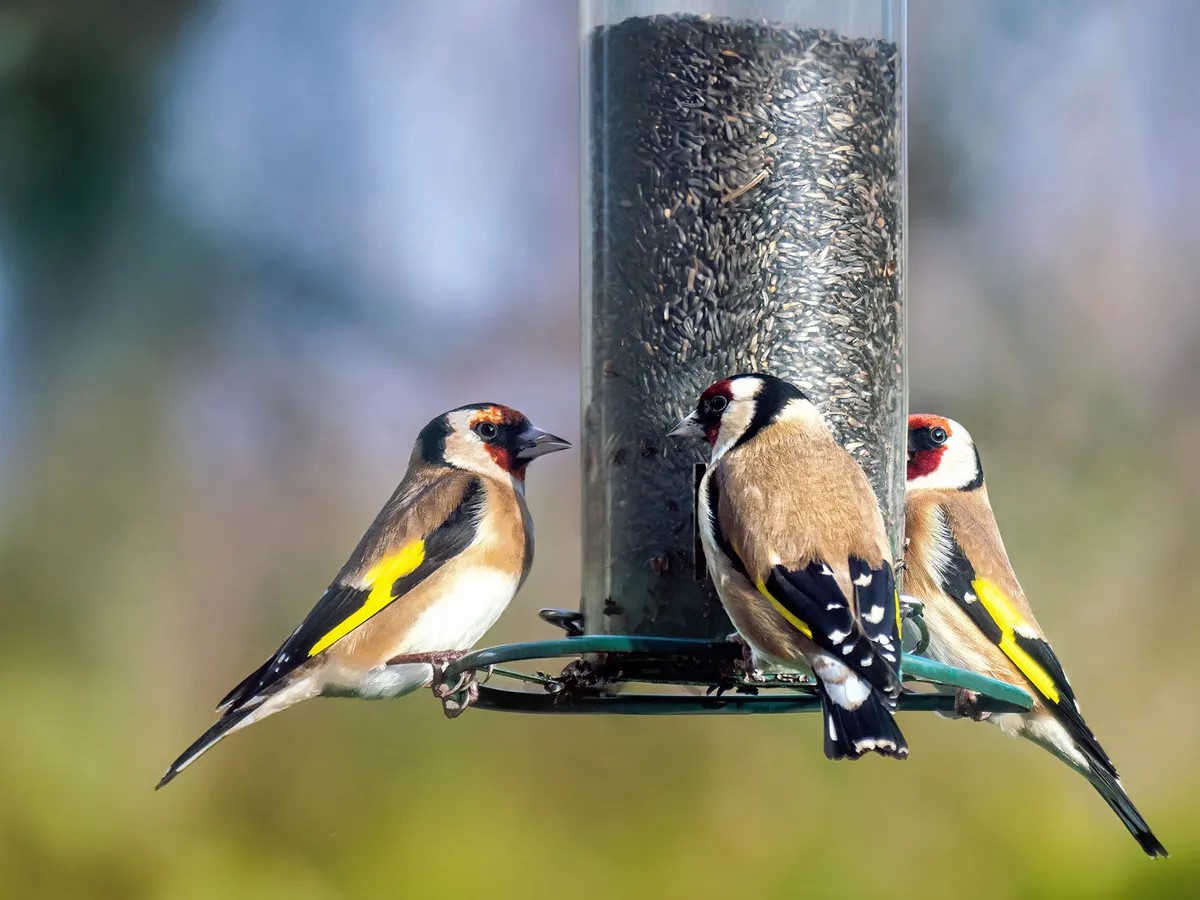

Garden Essentials
What Birds Eat Nyjer Seed
Modified: March 16, 2024
"Discover what birds eat nyjer seed in your garden and attract a variety of beautiful feathered visitors to your backyard. Learn tips on how to effectively use nyjer seeds as a bird food."
(Many of the links in this article redirect to a specific reviewed product. Your purchase of these products through affiliate links helps to generate commission for Storables.com, at no extra cost. Learn more)
Introduction
Welcome to the fascinating world of bird feeding! If you’re a bird enthusiast or simply looking to invite more feathered friends into your garden, one type of seed you definitely want to consider is nyjer seed. Nyjer seed, also known as thistle seed, is a tiny black seed native to Ethiopia and is highly valued by many bird species.
In this article, we will explore the incredible nutritional value of nyjer seed, discuss the birds that are attracted to it, and provide tips on how to effectively offer nyjer seed to birds in your garden.
Feeding birds is not only enjoyable but also benefits the birds themselves. By offering a variety of food sources, you can help birds maintain their energy levels, boost their immunity, and increase their chances of survival. Nyjer seed is an excellent choice for attracting a diverse range of birds and providing them with the nourishment they need.
So, let’s dive into the world of nyjer seed and discover the incredible avian visitors it can bring to your garden!
Key Takeaways:
- Nyjer seed is a nutritious, energy-packed food source loved by colorful finches and small birds. Use specialized feeders, offer fresh seed, and create a welcoming habitat to attract and nourish these feathered friends in your garden.
- Avoid common mistakes when feeding birds with nyjer seed, such as using old seed, neglecting feeder cleanliness, and placing feeders in the wrong location. By providing fresh seed and maintaining a bird-friendly environment, you can enjoy the beauty and diversity of birdlife in your garden.
Read more: What Is Nyjer Bird Seed
Nyjer Seed: An Overview
Nyjer seed, also known as thistle seed, is a small, oily seed that comes from the African yellow daisy (Guizotia abyssinica). Despite its name, it is not related to thistle plants but is commonly referred to as thistle seed due to its appearance.
These tiny, shiny seeds are black in color and packed with essential oils, making them a highly nutritious food source for birds. The high oil content in nyjer seed provides birds with a concentrated source of energy, particularly important during the colder months or during migration when food sources may be scarce.
One of the reasons nyjer seed is so popular among birds is its small size, which makes it easily accessible to smaller finches and other clinging birds. The seeds have a thin shell, allowing even delicate birds to crack them open and consume the nutritious kernel inside.
It’s worth noting that nyjer seed is sterilized during processing to prevent the seeds from germinating and becoming invasive. Therefore, it is safe to offer nyjer seed without worrying about it sprouting in unintended areas of your garden.
In addition to being a preferred food source for birds, nyjer seed has the advantage of being unappetizing to most common garden pests such as squirrels and larger birds. This means that when you offer nyjer seed in specialized feeders, you’re more likely to attract the smaller, colorful finches and other desirable bird species.
Now that we have a good understanding of what nyjer seed is, let’s delve into its nutritional value and discover why it’s such a sought-after treat for our feathered friends!
Nutritional Value of Nyjer Seed
Nyjer seed may be small in size, but it packs a powerful punch when it comes to nutrition. Birds are attracted to nyjer seed because it provides them with a wide range of essential nutrients necessary for their overall health and well-being.
One of the key nutritional benefits of nyjer seed is its high fat content. Fat is an essential macronutrient that birds need to sustain their energy levels, especially during periods of high activity or harsh weather conditions. The high oil content in nyjer seed helps birds maintain their body temperature and fuel their metabolic processes.
In addition to fats, nyjer seed is also rich in protein. Protein is crucial for muscle development, growth, and repair in birds. It helps birds maintain their strength and agility, which is particularly important during breeding seasons and molting periods.
Furthermore, nyjer seed contains a variety of vitamins and minerals that are beneficial to birds. These include vitamin E, which acts as an antioxidant and helps protect cells from damage, and vitamin B complex, which aids in metabolism and promotes overall health. The minerals found in nyjer seed, such as calcium, potassium, and magnesium, contribute to the birds’ bone strength and support various physiological functions.
Offering nyjer seed to birds can also help them meet their dietary needs for fiber. Fiber aids in digestion and promotes a healthy gut microbiome in birds. It helps prevent digestive issues and ensures that birds can efficiently extract nutrients from their food.
Overall, the combination of high-fat content, protein, vitamins, minerals, and fiber makes nyjer seed an excellent source of nutrition for birds. By providing these small, black seeds in your garden, you are giving birds the fuel they need to thrive and survive.
Now that we understand the nutritional value of nyjer seed, let’s explore the fascinating array of bird species that are attracted to this nutritious treat.
Birds That Eat Nyjer Seed
Nyjer seed is beloved by a wide range of bird species, particularly those in the finch family. These small, agile birds have beak adaptations that allow them to easily crack open the shells of nyjer seeds and extract the nutrient-rich kernels inside. Here are some of the common bird species that are attracted to nyjer seed:
- Goldfinches: American Goldfinches and European Goldfinches are avid consumers of nyjer seed. Their vibrant yellow plumage makes them a delight to watch as they cling to a nyjer feeder, extracting the tiny seeds with their precise beaks.
- Pine Siskins: These small songbirds are often found in flocks and have a voracious appetite for nyjer seed. Their streaked brown plumage and characteristic yellow wing bars make them easy to identify at bird feeders.
- House Finches: With their red heads and brownish bodies, House Finches are a familiar backyard visitor. They are not as specialized in eating nyjer seed as goldfinches, but they readily consume it when available.
- Redpolls: Common and Hoary Redpolls are winter visitors in many areas and are known to flock to nyjer feeders. Their white and streaked plumage adds a touch of winter beauty to any garden.
- Sparrows: Some sparrow species, such as the White-throated Sparrow and Dark-eyed Junco, will occasionally sample nyjer seed, although they are less likely to be regular visitors to nyjer feeders.
- Indigo Buntings: These stunning birds are a treat to behold with their vibrant blue plumage. Although primarily known for their affinity for seeds, including sunflower seeds, they may also appreciate nyjer seed at times.
These are just a few examples of the many bird species that are attracted to nyjer seed. Feeding nyjer seed is a surefire way to bring a colorful array of finches and other small birds to your garden.
Now that we know which birds can’t resist the lure of nyjer seed, let’s discover how to effectively offer this nutritious treat to our feathered friends.
Attracting Birds with Nyjer Seed
If you want to attract a diverse range of beautiful birds to your garden, offering nyjer seed is a fantastic strategy. Here are some tips to help you maximize the appeal of nyjer seed to your feathered visitors:
- Use a specialized nyjer feeder: Invest in a feeder specifically designed for nyjer seed. These feeders have small, narrow openings that prevent larger birds and squirrels from accessing the seed, allowing only the smaller birds like finches to feed.
- Place feeders in a safe and visible location: Position your nyjer feeders in a location that is easily visible to birds, preferably near bushes or trees where birds can seek shelter. Make sure the area is safe from predators and away from windows to prevent bird collisions.
- Offer a variety of feeder types: In addition to a traditional tube feeder, consider adding other feeder types such as finch socks or mesh feeders. These provide different perching options, catering to the preferences of various bird species.
- Provide water sources: Birds need fresh water for drinking and bathing. Place a shallow bird bath or small water dish near your nyjer feeders to attract even more feathered visitors.
- Combine nyjer seed with other attractions: To create a diverse feeding station, offer other bird-friendly treats, such as sunflower seeds, suet, or fruit. A varied menu will appeal to a wider range of bird species.
- Maintain a clean feeding area: Regularly clean your feeders and remove any empty or moldy seeds. A clean feeding area helps prevent the spread of disease and ensures that birds have access to fresh, high-quality nyjer seed.
By implementing these strategies, you can create a bird-friendly haven in your garden, attracting a colorful array of finches and other small birds who will delight you with their presence.
Now that you know how to attract birds with nyjer seed, let’s learn about the best practices for offering this seed to our feathered friends.
Tip: Nyjer seed is a favorite food for finches, such as goldfinches and siskins. Hang a nyjer feeder to attract these colorful birds to your yard.
Read more: What Birds Eat Seeds
How to Offer Nyjer Seed to Birds
Offering nyjer seed to birds requires some special considerations to ensure that it is accessible and appealing to our feathered visitors. Follow these steps to effectively offer nyjer seed:
- Choose the right feeder: Invest in a nyjer feeder specifically designed for these small seeds. The feeder should have small ports that allow birds to access the seed while preventing larger birds and squirrels from getting to it.
- Fill the feeder properly: Pour nyjer seed into the feeder, filling it up to about three-quarters full. Avoid overfilling the feeder, as nyjer seed has a tendency to spoil if left unused for an extended period.
- Place the feeder at the right height: Position the nyjer feeder at a height that is convenient for birds to access but makes it challenging for predators to reach. Hang the feeder at eye level or slightly higher.
- Offer multiple feeders: If you have a large garden or want to accommodate more birds, consider placing multiple nyjer feeders in different locations. This helps prevent crowding and gives more birds a chance to feed.
- Keep the seed fresh: Nyjer seed should be fresh and free from mold. Inspect the seed regularly and replace it if it becomes wet or starts to clump together. Birds prefer fresh, clean seed.
- Protect from the elements: Place the nyjer feeder in a sheltered location to protect the seed from rain and snow. This helps prevent spoilage and keeps the seed dry and desirable for the birds.
By following these steps, you can ensure that your nyjer seed is offered in a convenient and appealing manner to your feathered friends. Now that you know how to offer nyjer seed, let’s explore some additional tips to enhance your bird feeding experience.
Tips for Feeding Birds with Nyjer Seed
Feeding birds with nyjer seed can be a rewarding and enjoyable experience. To make the most of your bird feeding efforts, here are some helpful tips:
- Rotate and refill feeders frequently: Birds can be picky eaters and may reject seed that has gone stale. Empty and clean your nyjer feeders regularly, and refill them with fresh seed to keep the birds coming back.
- Keep an eye on feeder hygiene: Regularly clean your nyjer feeders with warm, soapy water to remove any buildup or mold. Rinse them thoroughly and allow them to dry completely before refilling them with seed.
- Be patient and persistent: It may take some time for birds to discover your nyjer feeders. Be patient and persistent in maintaining a consistent supply of fresh seed, and eventually, word will spread among the local bird population.
- Offer a variety of food sources: While nyjer seed is a favorite among many bird species, it’s a good idea to offer other food sources as well. Providing a mix of seeds, suet, and nectar will attract a wider range of birds and cater to their diverse dietary preferences.
- Observe and learn: Take the time to observe the birds that visit your nyjer feeders. Note their behavior, feeding habits, and interactions with other birds. This not only provides enjoyment but also helps you understand their preferences and make any necessary adjustments to your feeding setup.
- Keep predators at bay: To protect the birds and their food, position your nyjer feeders away from areas where predators such as cats or squirrels can easily access them. Adding baffles or cages around the feeders can also help deter unwanted visitors.
- Provide a welcoming habitat: Birds appreciate a safe and inviting environment. Plant native shrubs and trees, provide water sources, and create sheltered areas where birds can rest and feel secure. A well-designed garden will attract a variety of bird species to your feeding stations.
By following these tips, you can create an ideal feeding environment for birds, ensuring a steady stream of feathered visitors to your nyjer feeders.
Now that you are armed with these helpful tips, you can avoid common mistakes when feeding birds with nyjer seed. Let’s explore some of these mistakes and how to avoid them.
Common Mistakes When Feeding Birds with Nyjer Seed
Feeding birds with nyjer seed is a wonderful way to attract a variety of colorful finches and other small birds to your garden. However, it’s important to be aware of some common mistakes that can inadvertently hinder your bird feeding efforts. Here are a few mistakes to avoid:
- Using old or spoiled seed: Birds have discerning palates and may reject nyjer seed that has gone bad or become stale. Ensure that you always provide fresh, high-quality seed to keep your feathered visitors satisfied.
- Overfilling the feeder: While it’s tempting to fill the nyjer feeder to the brim, it’s best to only fill it up to about three-quarters full. Leaving some space allows for fresh air circulation and prevents moisture buildup, reducing the risk of mold and spoilage.
- Placing the feeder in the wrong location: The location of your nyjer feeder plays a crucial role in attracting birds. Avoid placing it near busy areas or close to windows, as this can startle or harm birds. Instead, choose a safe and quiet spot where the birds can feed undisturbed.
- Feeding nyjer seed without a specialized feeder: Nyjer seed requires a specialized feeder with small ports to prevent larger birds and squirrels from accessing the seed. Using a standard feeder with large openings can result in seed wastage and fewer visits from your target bird species.
- Neglecting feeder cleanliness: Regularly cleaning your nyjer feeders is essential to ensure the health of the birds. Moldy or dirty feeders can spread disease and discourage birds from visiting. Clean your feeders with warm, soapy water and rinse them thoroughly before refilling.
- Stopping or neglecting feeding during warmer months: While nyjer seed is commonly associated with winter feeding, many bird species rely on it as a year-round food source. To attract birds consistently, continue offering nyjer seed even during the warmer months when natural food sources may be scarce.
By avoiding these common mistakes, you can provide a welcoming and nourishing environment for birds and enjoy their presence in your garden year-round.
As you continue to feed birds with nyjer seed, remember to learn from your experiences, adapt your feeding strategy as needed, and enjoy the beauty and diversity of birdlife that grace your garden.
Now that you have a good understanding of the common mistakes to avoid, you can confidently embark on your journey of feeding birds with nyjer seed.
Conclusion
Feeding birds with nyjer seed is a rewarding and enriching experience that allows you to connect with nature and create a haven for beautiful, colorful birds in your garden. By offering this tiny black seed, you provide birds with a nutritious and energy-packed food source that helps them thrive.
Throughout this article, we explored the benefits of nyjer seed, including its high fat and protein content, as well as its appeal to a variety of bird species. We also discussed how to attract birds with nyjer seed by using specialized feeders, placing them in safe and visible locations, and providing water sources.
Furthermore, we provided tips on how to offer nyjer seed effectively, such as choosing the right feeder, properly filling it, and maintaining cleanliness. We also highlighted common mistakes to avoid, such as using old or spoiled seed, neglecting feeder hygiene, and placing the feeder in the wrong location.
By incorporating these suggestions into your bird feeding routine, you can create an inviting habitat for birds, observe their behavior, and contribute to their overall well-being. Remember to be patient and persistent, as it may take time for birds to discover your nyjer feeders and establish them as a reliable food source.
As you continue on your journey of feeding birds with nyjer seed, don’t forget to enjoy the beauty and diversity of bird species that visit your garden. Take the time to observe their unique characteristics and marvel at their intricate feeding behaviors.
Remember, bird feeding is not just about providing sustenance, but also about creating a symbiotic relationship with our avian friends. By attracting and nourishing birds, we can gain a deeper appreciation for nature and contribute to the conservation of these wonderful creatures.
So, grab your nyjer seed, set up your feeders, and get ready to welcome a delightful array of finches and other small birds into your garden. Happy bird feeding!
Frequently Asked Questions about What Birds Eat Nyjer Seed
Was this page helpful?
At Storables.com, we guarantee accurate and reliable information. Our content, validated by Expert Board Contributors, is crafted following stringent Editorial Policies. We're committed to providing you with well-researched, expert-backed insights for all your informational needs.
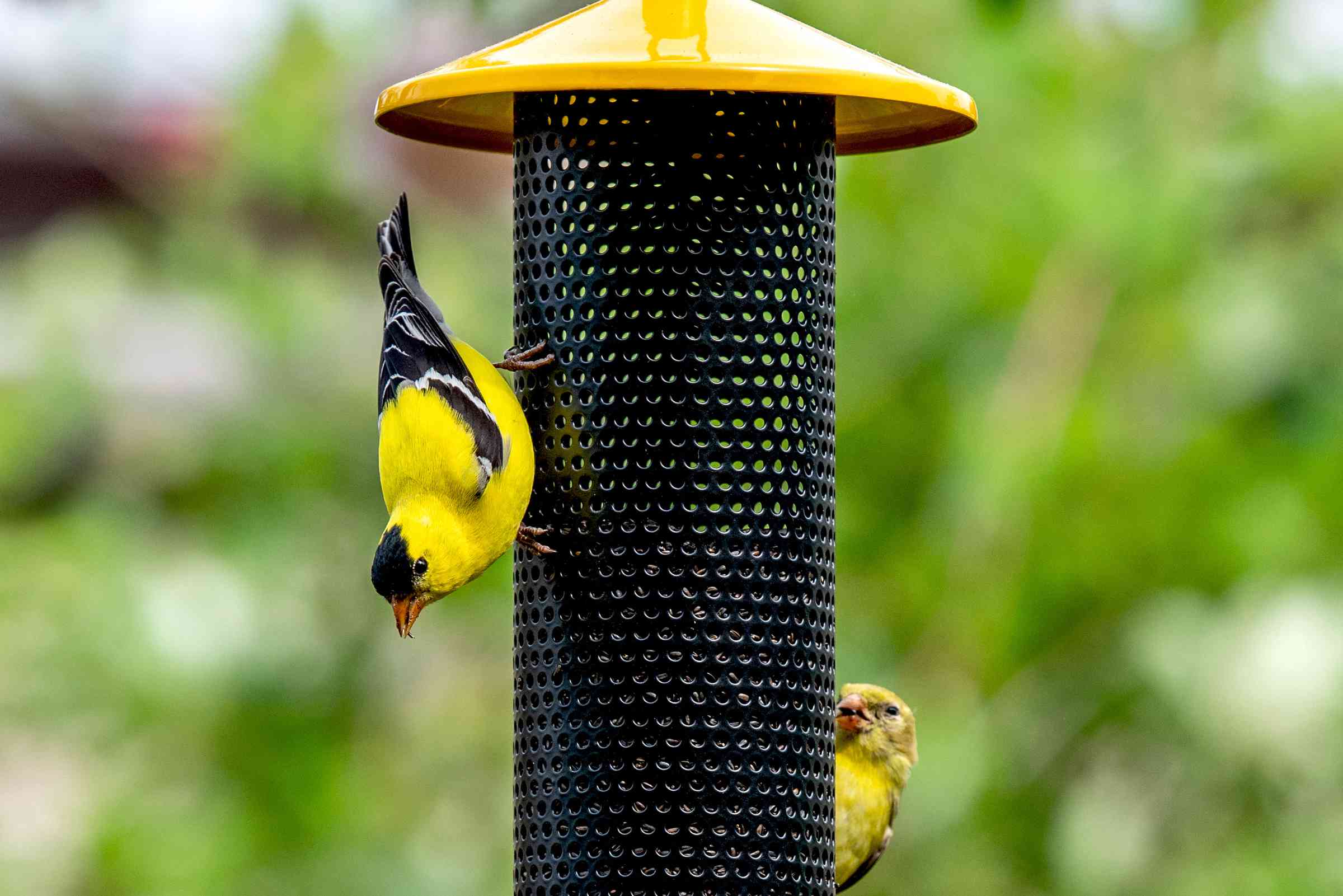
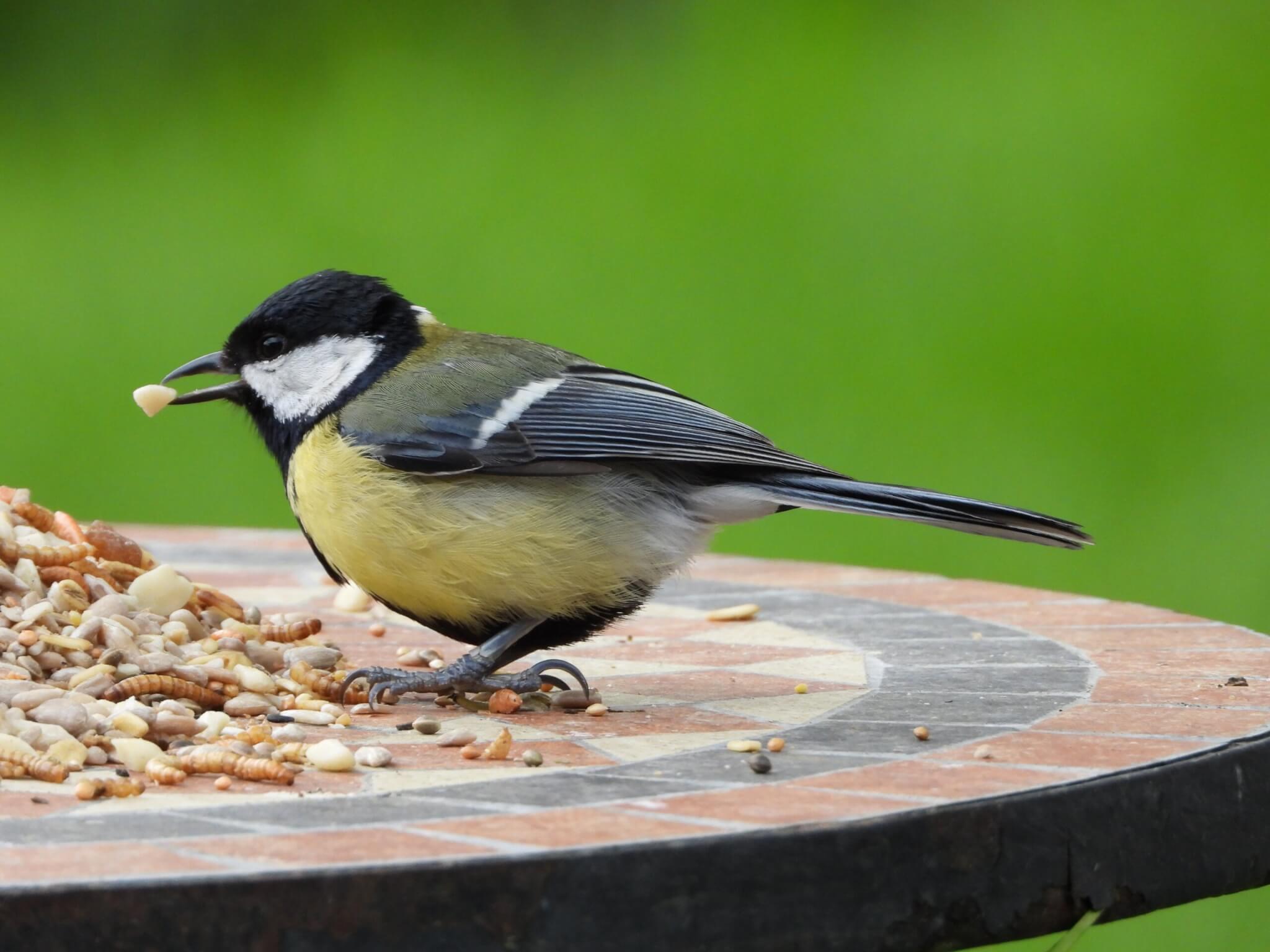
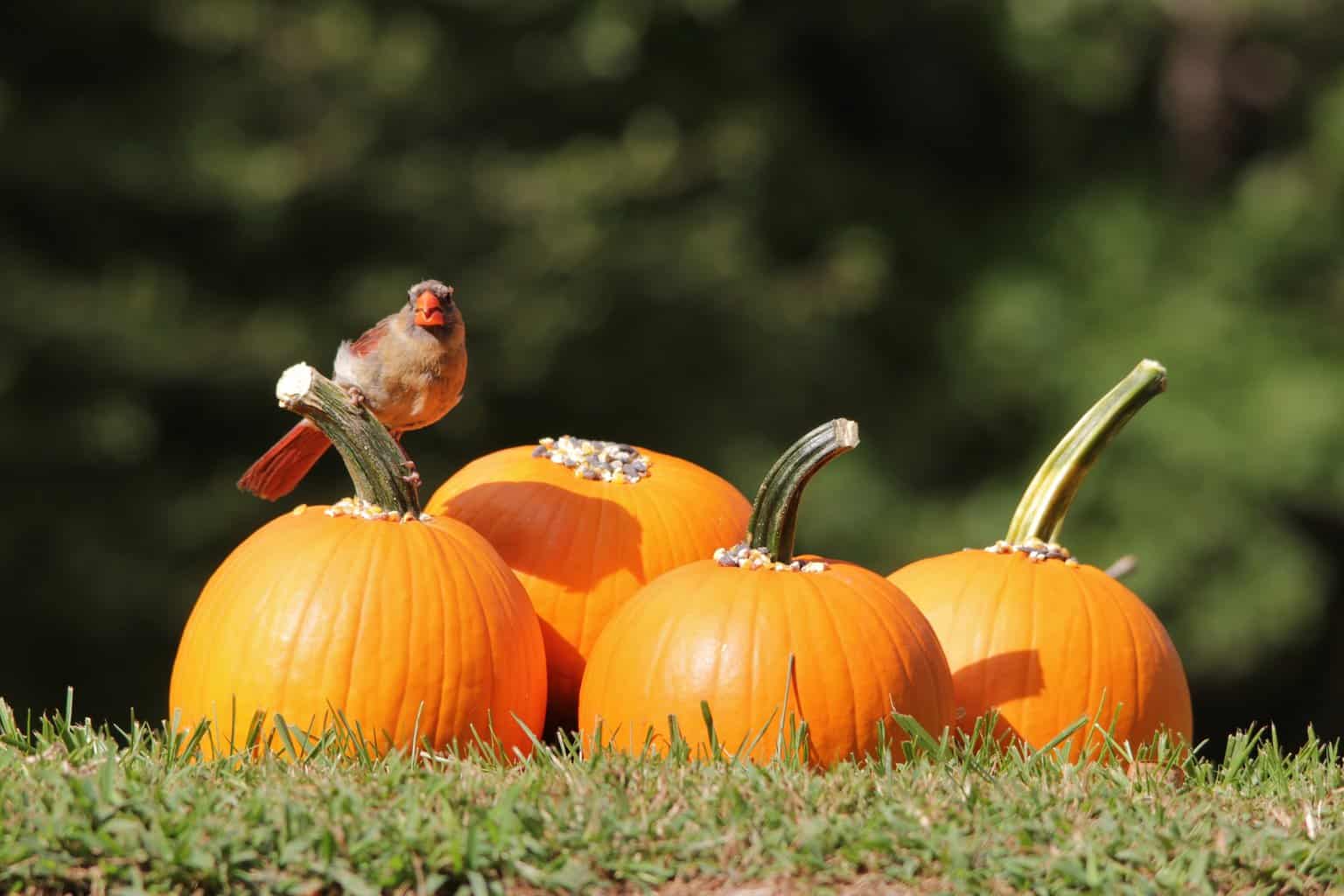
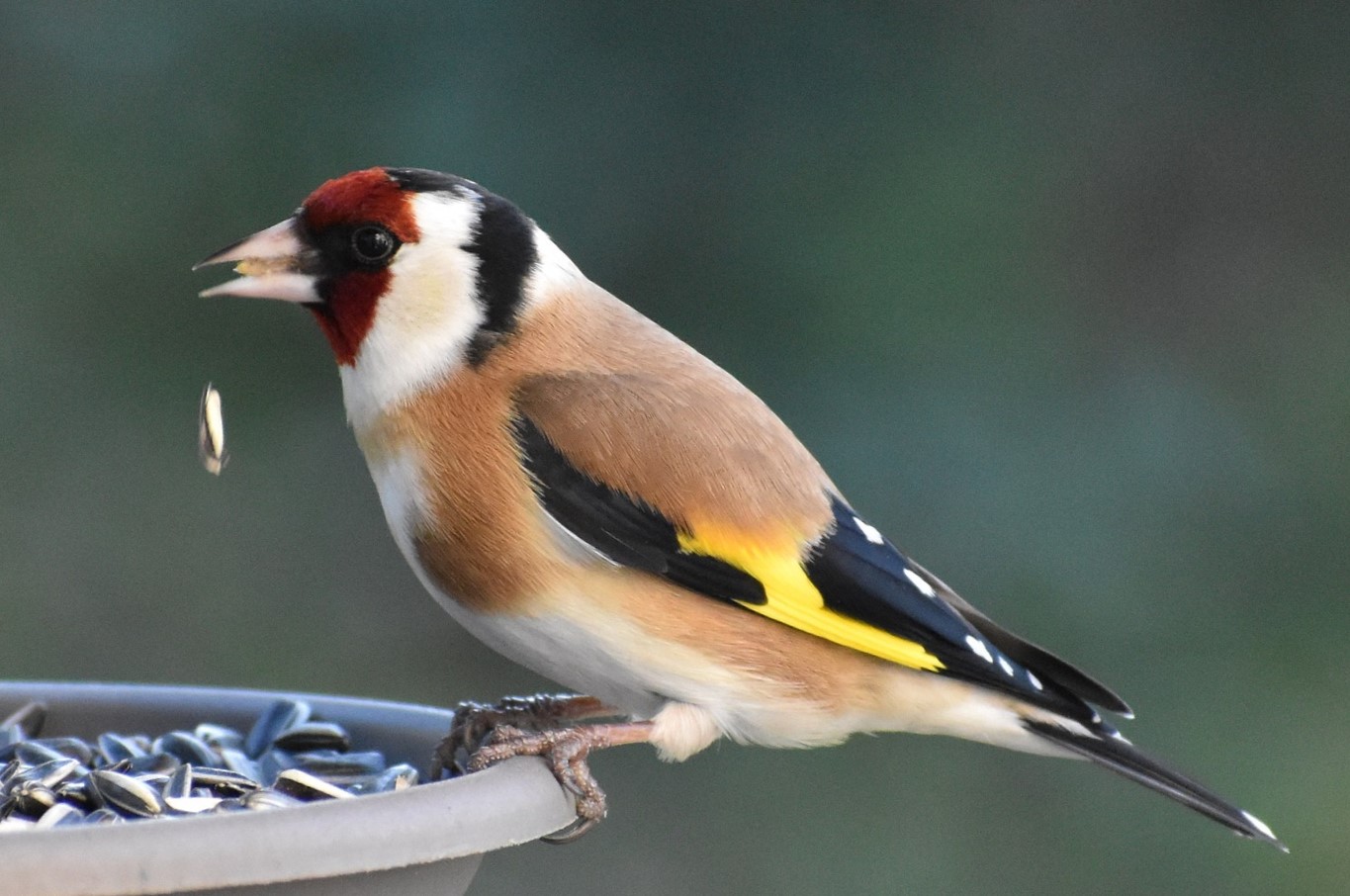
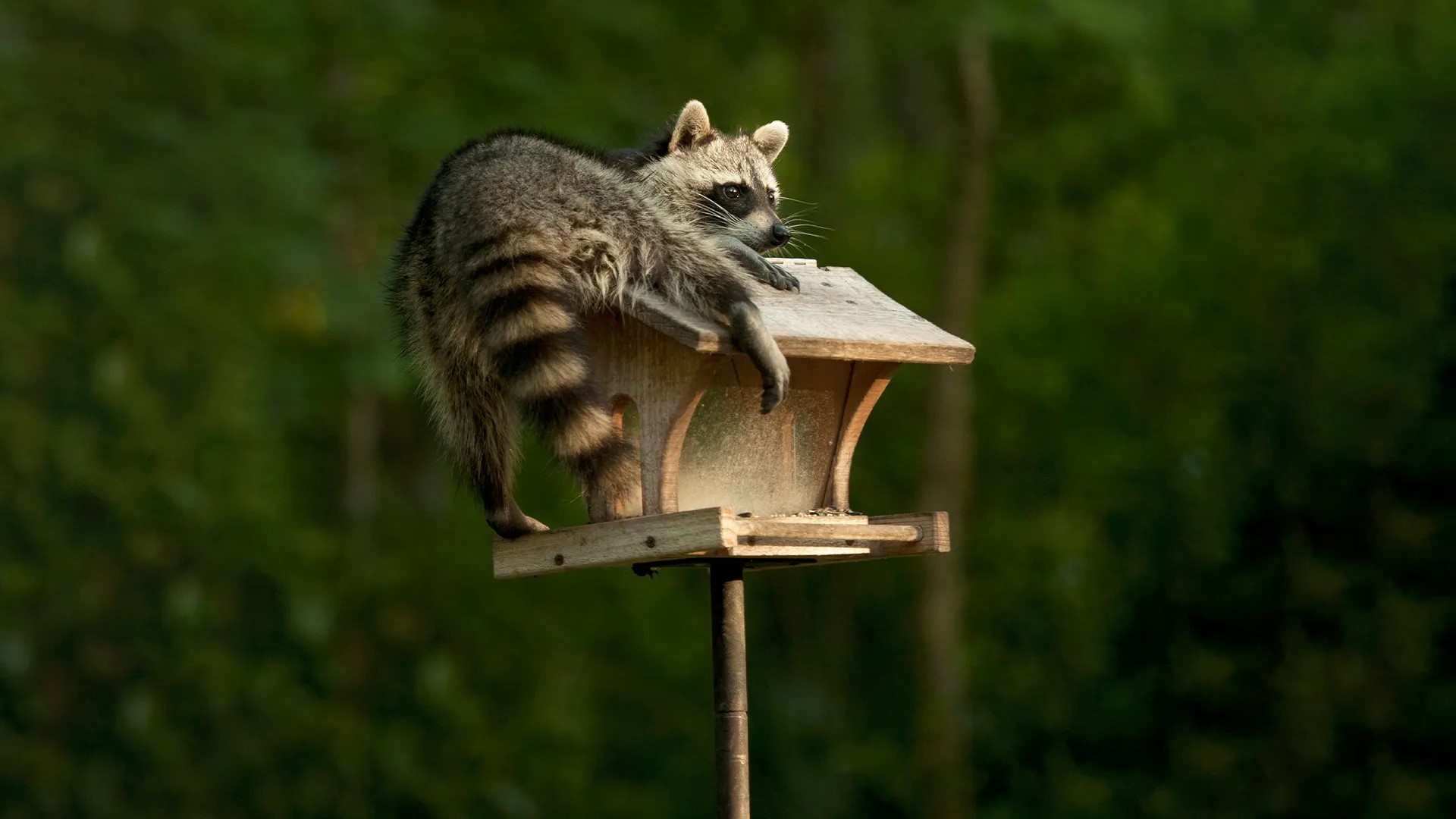
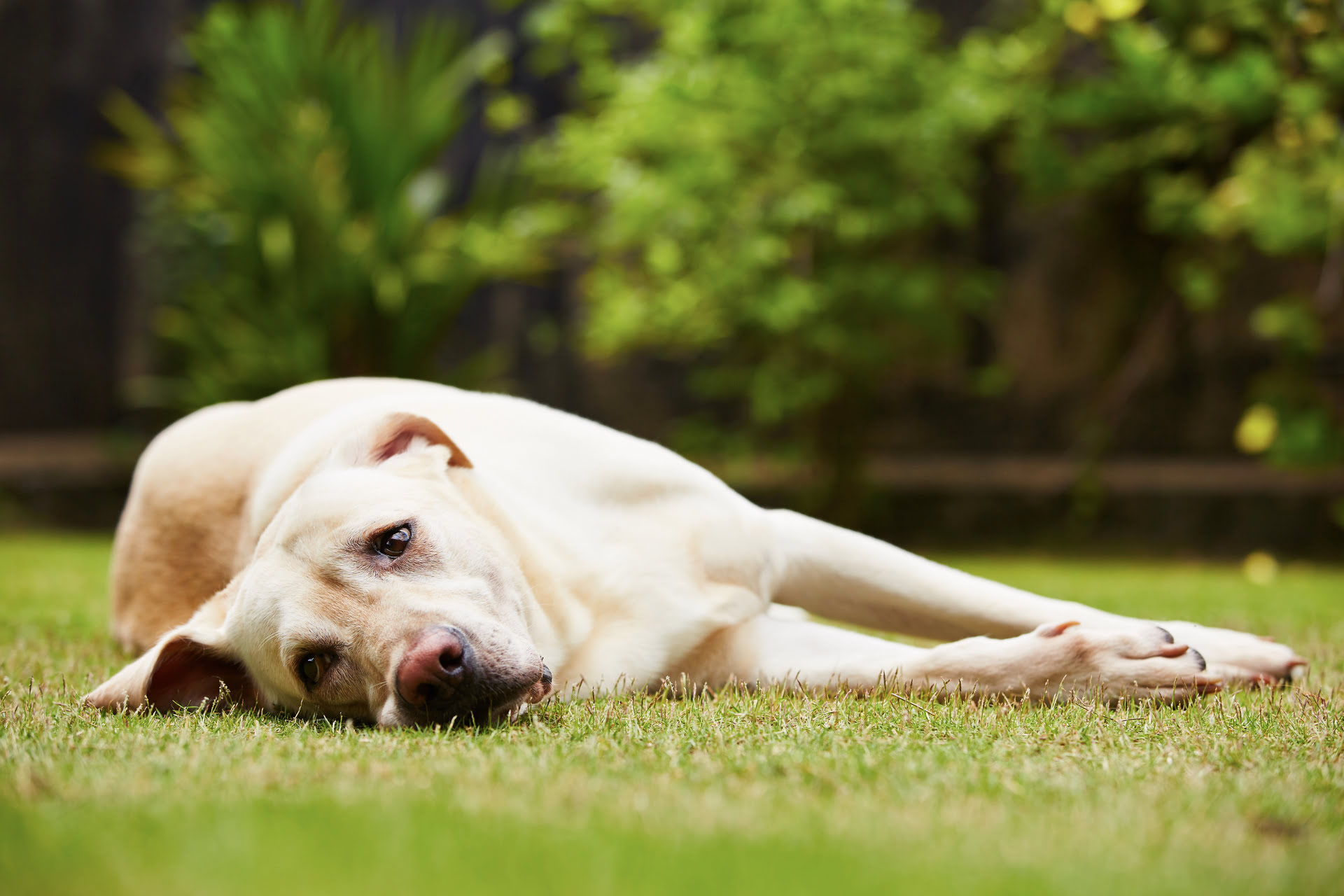
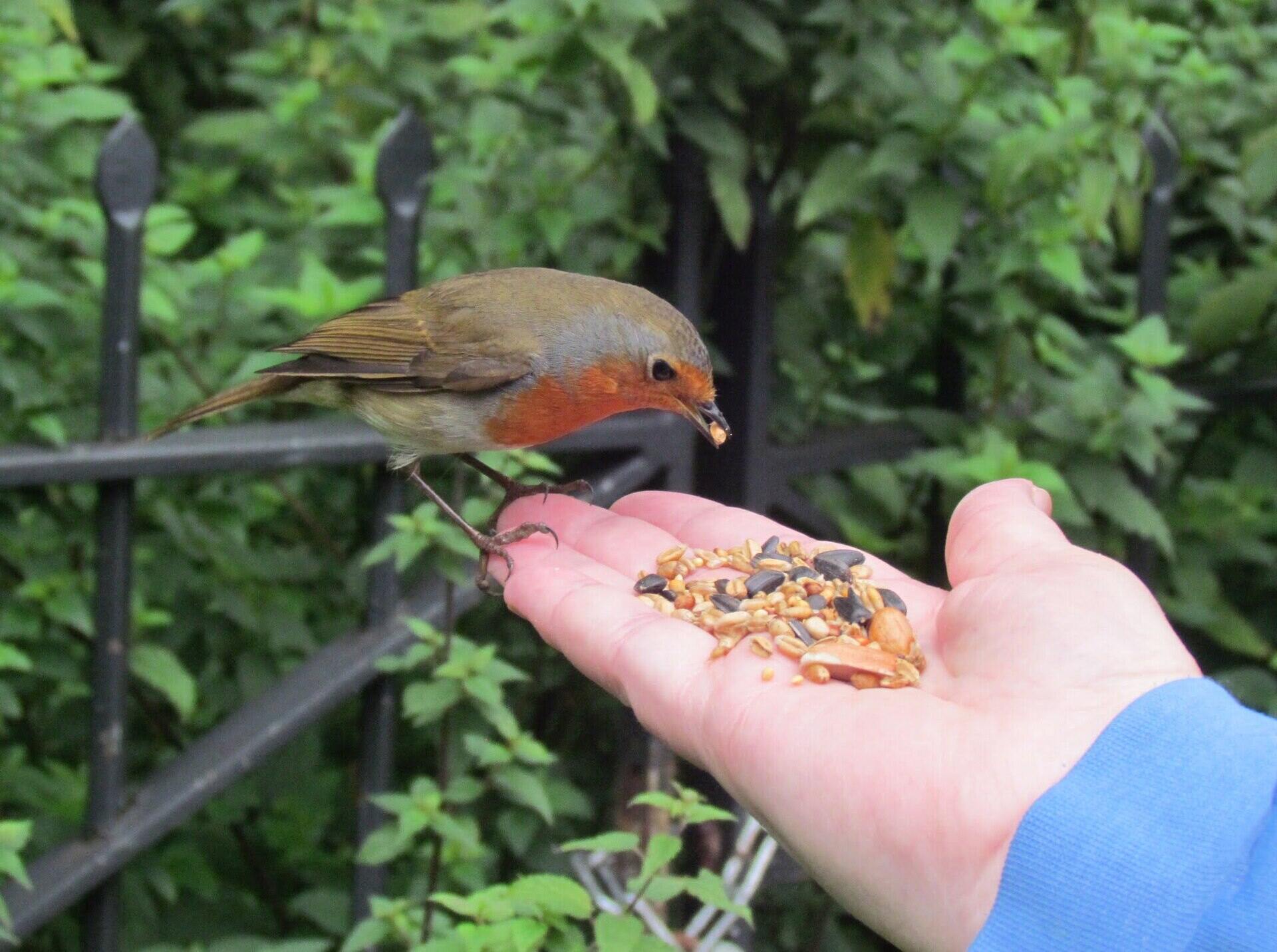
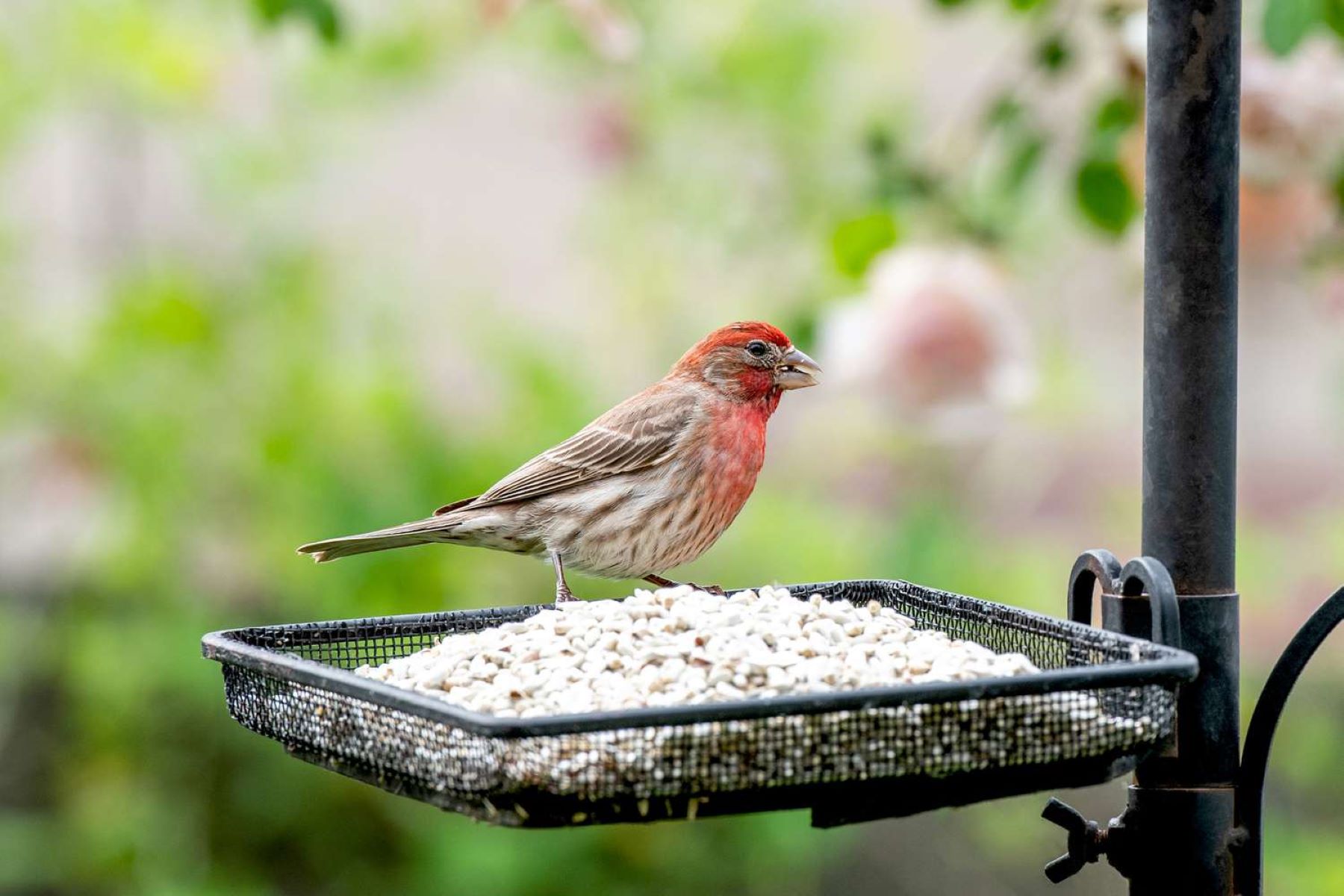
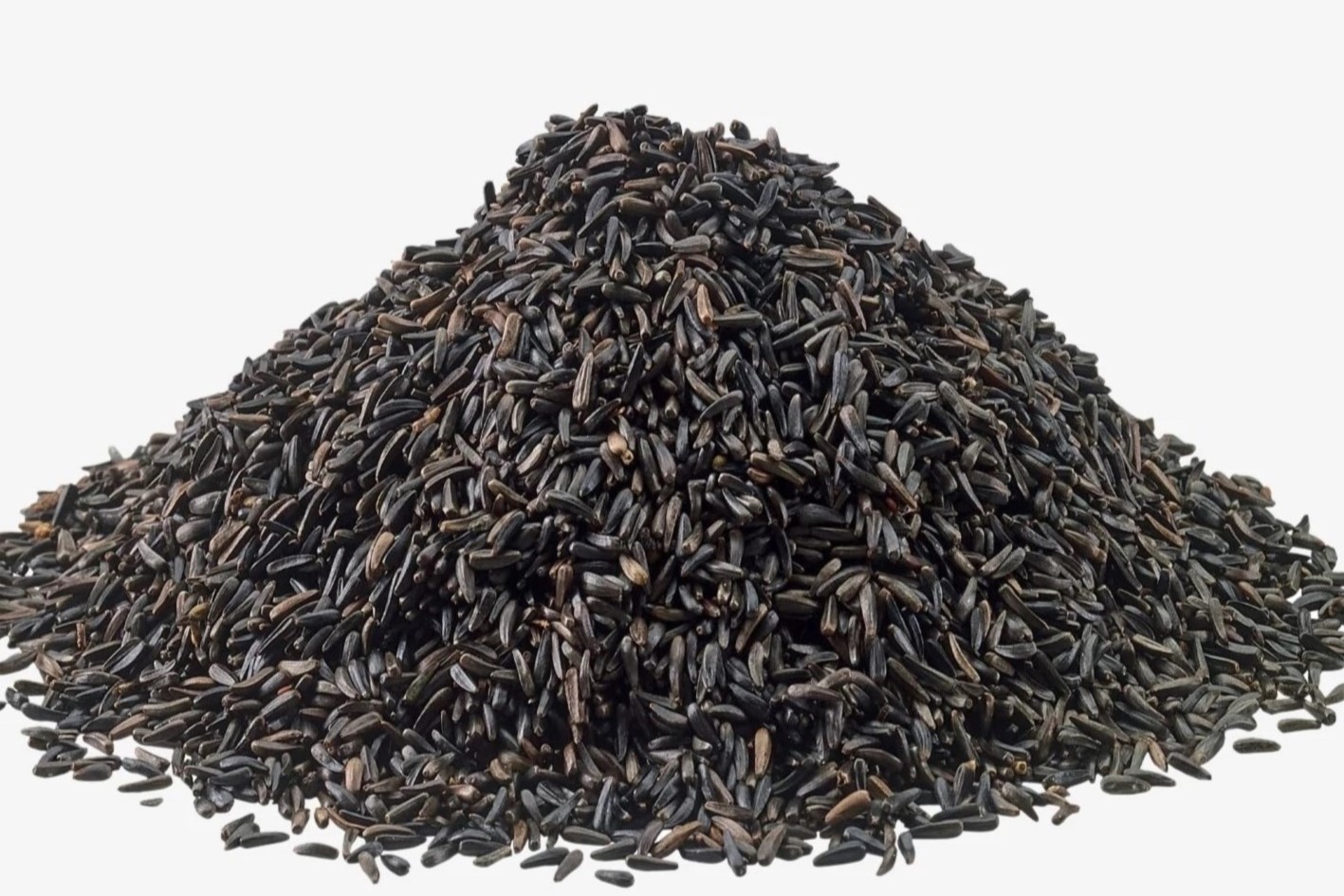
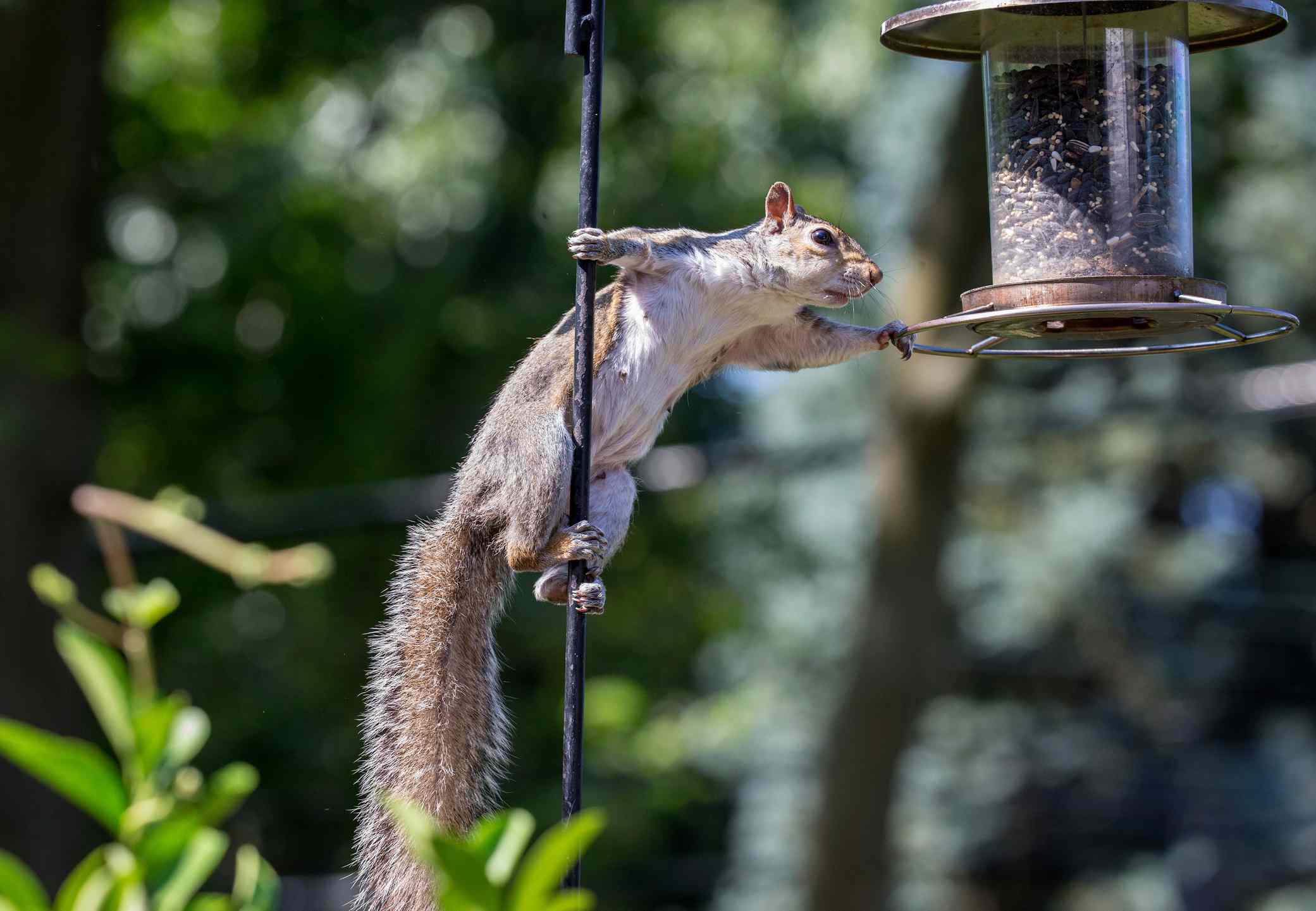
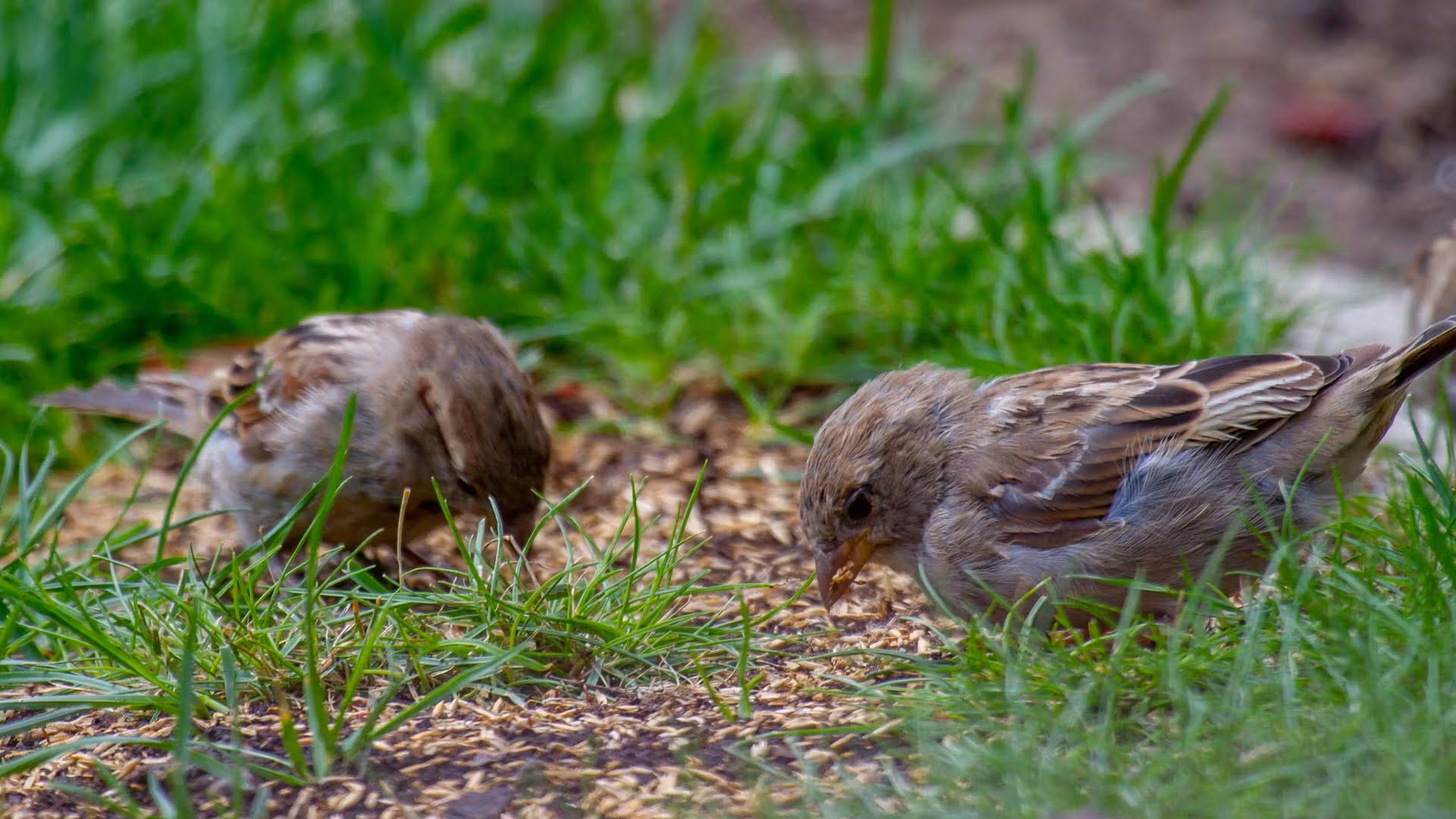
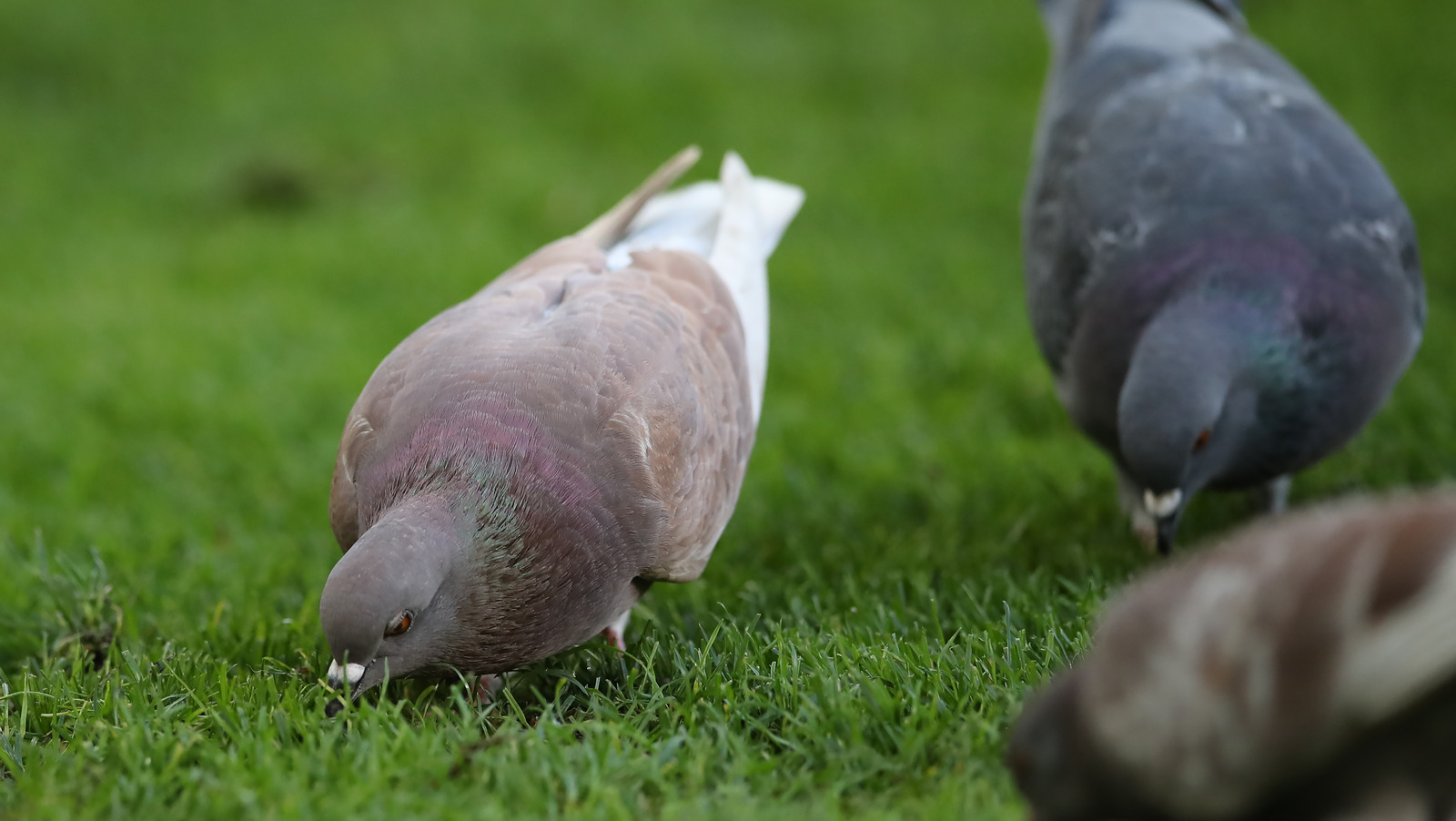

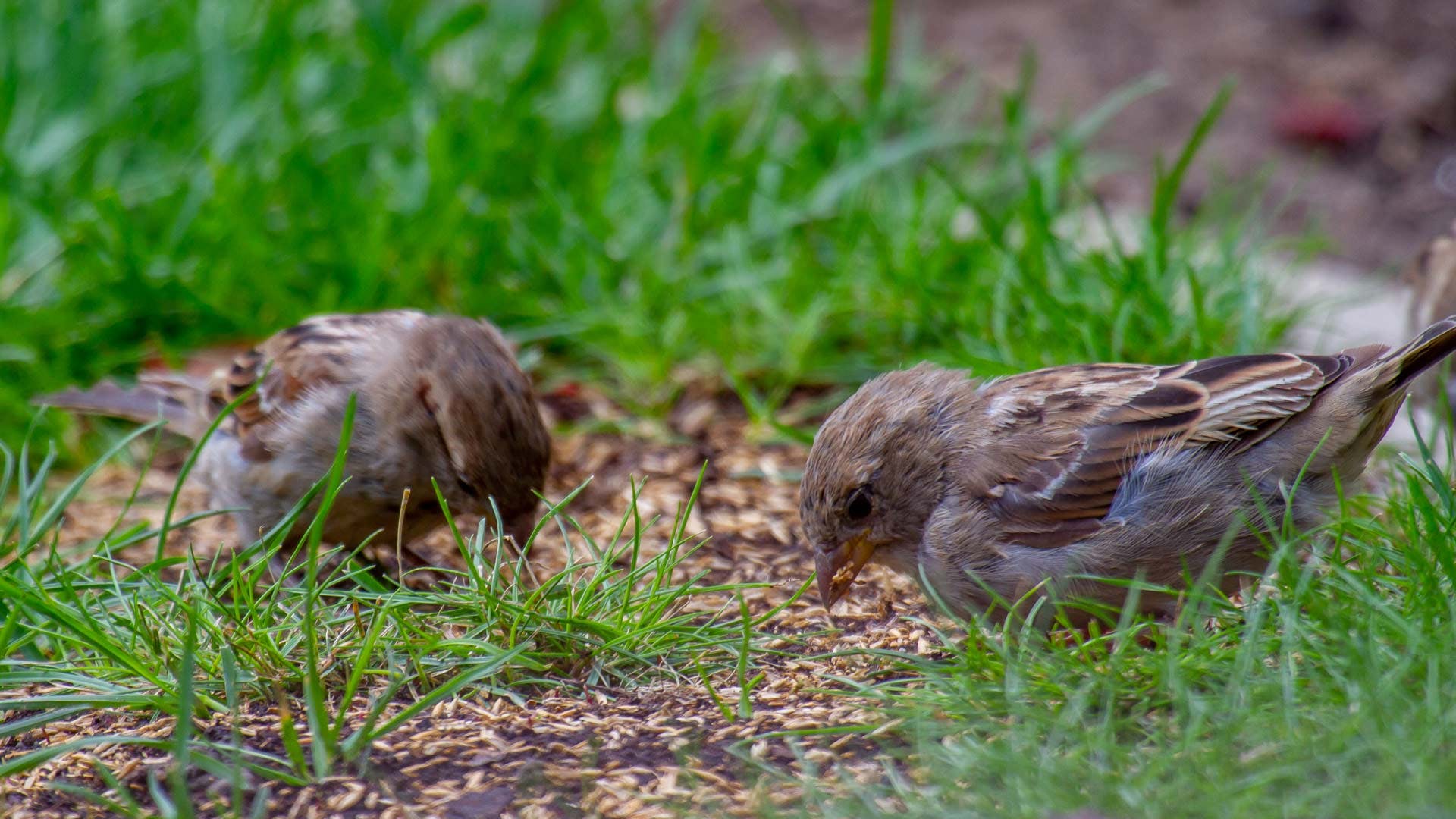

0 thoughts on “What Birds Eat Nyjer Seed”